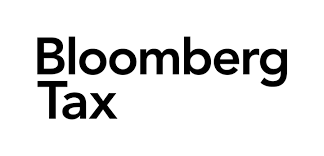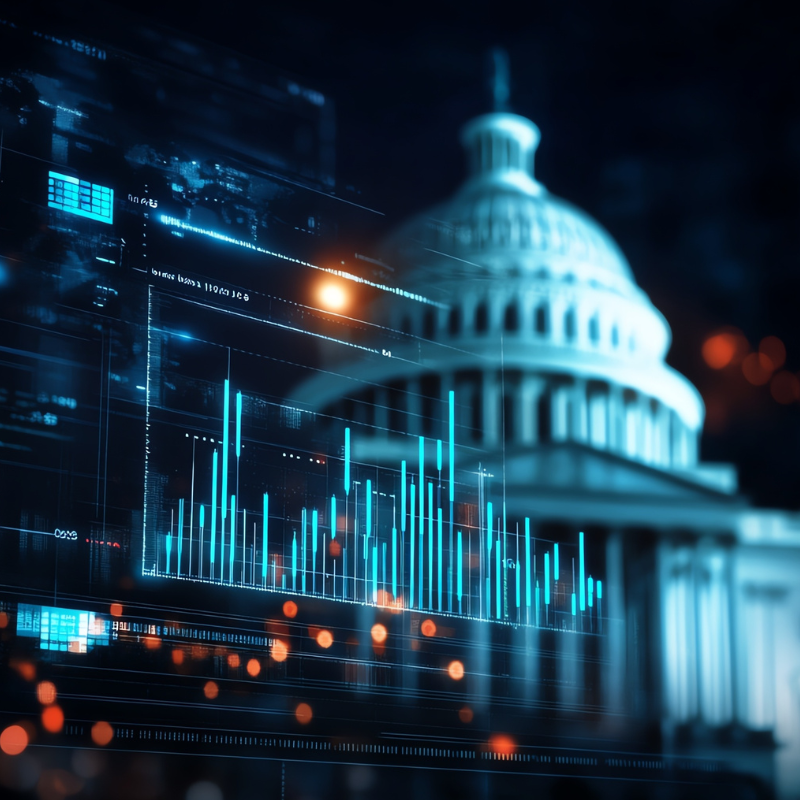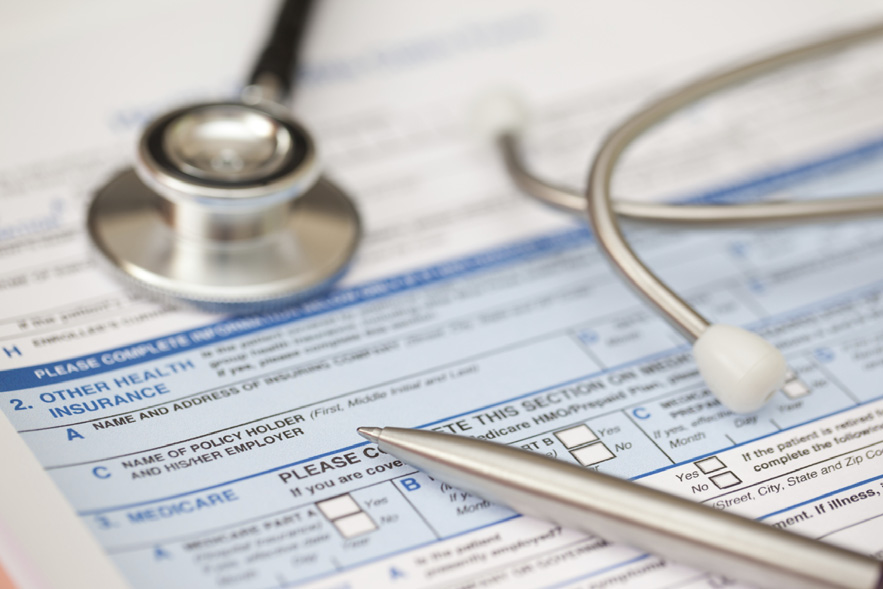Some have compared the design and execution of the Paycheck Protection Program to flying an airplane while trying to build it. As analogies go, it works, writes Daniel Mayo of Withum. The author explains how the latest guidance is limiting the benefits of the program.
The rules governing the paycheck protection program (PPP) have been evolving ever since the passage of the CARES Act on March 27, 2020, and lenders started accepting loan applications on April 3, 2020.
The Small Business Administration (SBA), in consultation with the Treasury Department, has issued numerous documents containing guidance for borrowers and for lenders. It also has issued more than 20 interim final rules, more than 48 frequently asked questions (FAQs), and two applications for the loan forgiveness process, one long form and one EZ form. All of this guidance has been posted on Treasury’s website, and more is sure to come.
Some have compared the design and execution of the PPP to flying an airplane while trying to build it. As analogies go, it works.
The one thing that has not changed is the taxation of PPP loans and of the amounts forgiven, although the IRS has clarified some of the rules in Notice 2020-32. So what are the tax rules applicable to the PPP and loan forgiveness?
This article will discuss various tax aspects of the PPP, including the receipt of the loan, loan forgiveness, estimated tax implications, the possibility of filing amended or superseding tax returns, and the beneficial tax treatment applicable to self-employed individuals and general partners.
Receipt of the PPP Loan
Borrowers are not subject to tax on their receipt of PPP loan proceeds because there is an obligation to repay the loan. This results from the application of a conventional tax rule and there is nothing different or unique about how it applies to the PPP.
Loan Forgiveness
The next part of the equation is the loan forgiveness process. When all or part of a loan is forgiven, this gives rise to cancellation of debt (COD) income. COD income generally is includible in gross income because a taxpayer has been released from the obligation to repay and that freeing-up of assets is viewed as an accession to wealth. This principle would have applied to loan forgiveness under a PPP loan, but Section 1106(i) of the CARES Act states that the amount of loan forgiveness under a PPP loan is excluded from gross income. Thus, borrowers are not subject to tax when they are relieved of their obligation to repay their PPP loans. This is a favorable aspect of the PPP loan program, but it has led to confusion.
The confusion stems not from the tax-free nature of the COD income, because that is clear from the language of the CARES Act; rather, it emanates from the fact that borrowers will have to pay additional income tax as a result of loan forgiveness because the payroll and other covered expenses that relate to loan forgiveness apparently are not deductible for tax purposes. The IRS took that position in Notice 2020-32, where it stated that expenses otherwise deductible in a borrower’s trade or business are not deductible if they result in loan forgiveness under a PPP loan.
While most tax practitioners do not quarrel with the IRS’s conclusion from a technical tax standpoint, others believe it runs counter to Congressional intent because it negates the benefit of the income exclusion. Consider this: without the exclusion, borrowers would have COD income and offsetting deductible expenses; with the exclusion, they would have no COD income and expense disallowance. Either way, borrowers are in the same place economically, meaning the IRS’s interpretation takes away the benefit that some argue Congress intended to give to borrowers, i.e., tax-free income and deductible expenses.
Here’s an example: a borrower with $10 of income and $6 of expenses normally would have $4 of taxable income. This is the base case—now let’s layer in a $3 PPP loan that is forgiven in full. Without the exclusion of COD income, the borrower would have taxable income of $7 ($10 + $3 of revenue and $6 of expenses); with the exclusion and expense disallowance, the borrower would still have taxable income of $7 ($10 of income and $6 – $3 of expenses). Either way, the borrower ends up paying tax on the loan forgiveness amount of $3. Proponents of the Congressional-intent argument would say that the borrower should not have to pay tax on this amount and should have $4 of taxable income ($10 + $0 of income and $6 -$0 of expenses).
Impact of IRS Notice 2020-32
As indicated above, the practical effect of expense disallowance is that borrowers are required to pay tax on the loan forgiveness amount. This effect can impact the current tax year or other tax years through the reduction in net operating loss. Consider this example: a borrower with $2 million of revenue and $2.4 million of expenses in 2020 normally would have a taxable loss of $400,000. The loss has value to the borrower because it can offset income from other tax years, either through a five-year carryback (under a special provision in the CARES Act) or an indefinite carryforward. However, if $400,000 of expenses were related to loan forgiveness, then such expenses would not be deductible and the borrower would have $0 of taxable income ($2 million of revenue less $2 million of expenses) and no taxable loss to offset income from other years.
Estimated Tax Payments & Amended Tax Returns
There are knock-on tax effects as a result of the expense disallowance rule in Notice 2020-32. Borrowers may need to increase their estimated tax payments during the year to account for the increased tax liability that will be due for 2020 (and to avoid penalties if they are relying on the current year’s estimated tax payment safe harbor), and they need to decide whether to include the relevant deductions on their 2020 income tax returns.
Under the Section of the tax code that the IRS relied on in Notice 2020-32, the expenses that result in tax-free loan forgiveness are nondeductible “whether or not [the loan forgiveness amount] is received or accrued.” We expect the IRS to take the position that such expenses are disallowed on the 2020 income tax return to the extent of the expected amount of loan forgiveness, which for the vast majority of borrowers will be 100%. There is a further issue regarding which expenses to disallow—interest, rent, utilities, or payroll—and this decision can impact a borrower’s deduction for interest payments under Section 163(j). The IRS has not addressed that issue under the PPP.
If a borrower excludes PPP-related expense deductions on its 2020 income tax return, and it later learns that it will receive a different amount of loan forgiveness, then it can make the necessary adjustments by filing an amended 2020 tax return at that time if the due date (including extension) for such return has passed, or by filing a superseding tax return if the due date has not passed.
Will these Rules Change?
There is a legislative push under way to reverse the expense disallowance rule as explained in Notice 2020-32, and to restore the tax deduction for the expenses that resulted in loan forgiveness. Whether that moves forward is anyone’s guess, but unless and until it does, taxpayers are stuck with the Notice.
Favorable Tax Treatment of Self-Employed Individuals and General Partners
Another key issue regarding the taxation of PPP loans is the disparate, and favorable, treatment afforded self-employed individuals and general partners in partnerships. For these two classes of borrowers, they will receive tax-free loan forgiveness like everyone else, but they will not suffer expense disallowance with regard to their owner compensation replacement amounts because such amounts are not otherwise deductible, i.e., there are no deductions to disallow.
Thus, a self-employed individual filing Schedule C with her Form 1040 income tax return will realize tax-free income of up to $15,385 if she uses an 8-week covered period on her PPP loan, and up to $20,833 if she uses a 24-week covered period on her PPP loan. The same result will obtain for a general partner in a partnership that receives a draw (as opposed to a guaranteed payment) for her owner compensation replacement amount. Note this favorable treatment applies only to the owners compensation replacement amounts of self-employed individuals and general partners, and it does not apply to any payroll costs of employees.
These favorable disparities (though whether they are viewed as favorable depends on one’s vantage point) are not the result of special tax rules under the PPP. Instead, they arise from general tax principles and from the fact that the tax-free loan forgiveness amount is the salary for these folks. There is no third party receiving tax-free income and then claiming a deduction for the payment of salary to them. A similarly-situated employee that works for a corporation, partnership, or self-employed individual will not receive this same beneficial tax treatment because they are receiving a taxable salary from their employer, and the employer is the person that received tax-free loan forgiveness (and expense disallowance). The IRS is aware of this issue and may issue further guidance.
The PPP has been changing since inception, and more changes are expected, especially if new PPP legislation is enacted as part of the next round of stimulus funding. The tax rules may change as well, and at least one draft of tax-related PPP legislation has been circulated. Until we have more information, be sure to buckle your seat belt on this flight because the engineers are still tweaking the aircraft.
|
Published in the Daily Tax Report on Friday, July 24, 2020. Reproduced with permission from Copyright 2020 The Bureau of National Affairs, Inc. (800-372-1033)
www.bloombergindustry.com . |
 |



